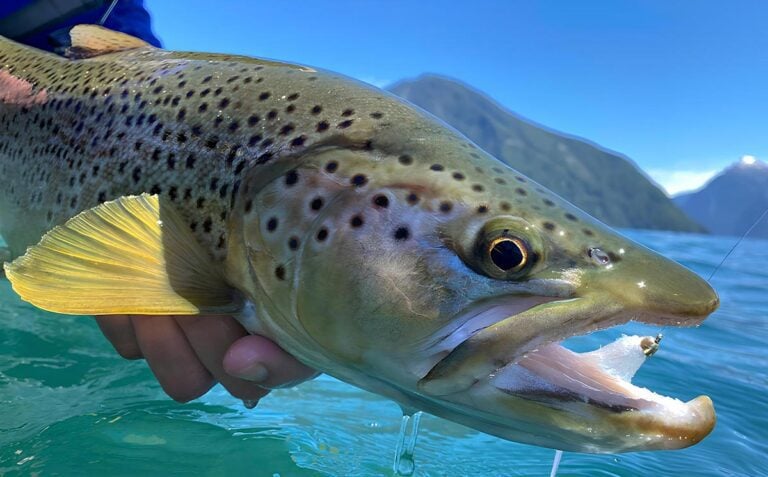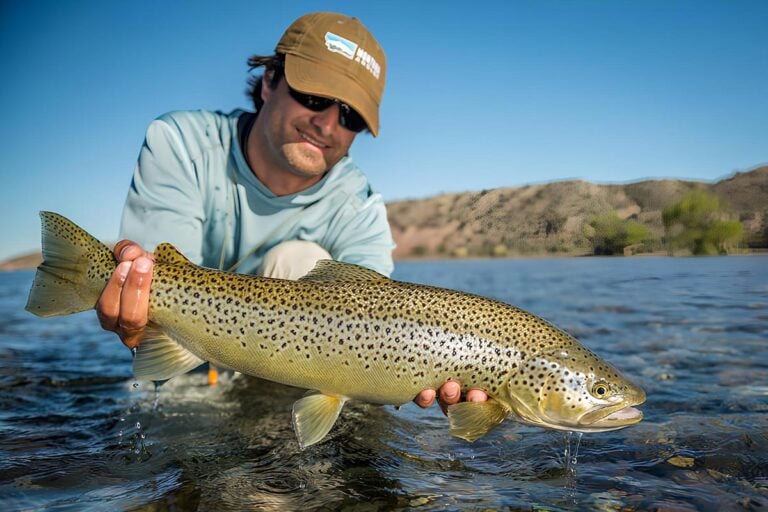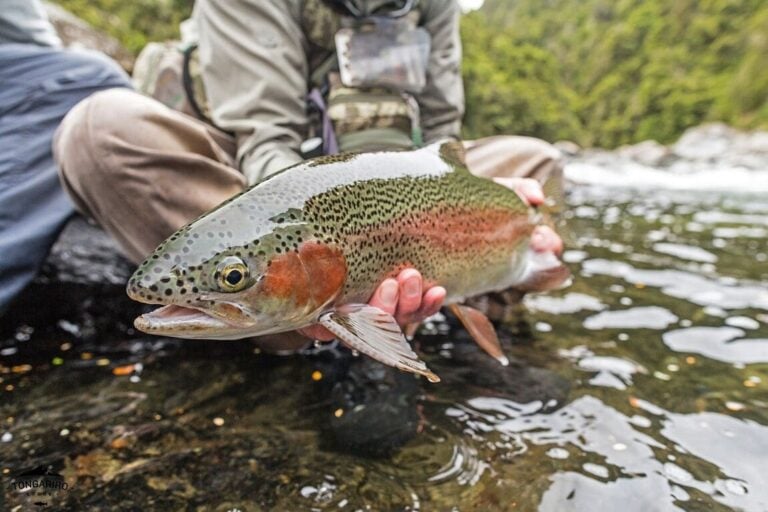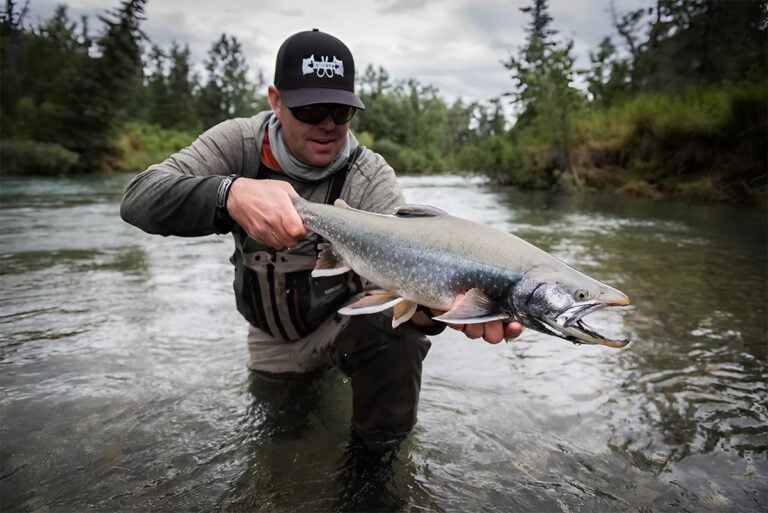- Premium
- All Inclusive
- Chile, Los Lagos
- Eleven Martin Pescador Lodge, Chile
- Freshwater Fly Fishing
- Trout, Brook Trout, Brown Trout, Rainbow Tro...
- Premium
- Argentina, Neuquén
- Fly Fishing with PRG at The River House
- Freshwater Fly Fishing
- Trout, Brook Trout, Brown Trout, Rainbow Tro...
- Premium
- All Inclusive
- New Zealand, Tasman
- Eleven Owen River Lodge, New Zealand
- Freshwater Fly Fishing
- Trout, Brown Trout, Rainbow Trout
- Premium
- New Zealand, Waikato
- Tongariro Lodge, Trout Fishing New Zealand
- Freshwater Fly Fishing
- Trout, Brown Trout, Rainbow Trout
- Premium
- United States, Alaska
- Fly-Out Alaska Retreat - Royal Wolf Lodge
- Freshwater Fly Fishing
- Salmon, Chum (Keta Salmon), Chinook (King Sa...
- Premium
- United States, Alaska
- Alaska Fishing Haven, Iliamna River Lodge
- Freshwater Fly Fishing, Freshwater Predator...
- Grayling, Northern Pike, Salmon, Chum (Keta...
No results available
Reset





